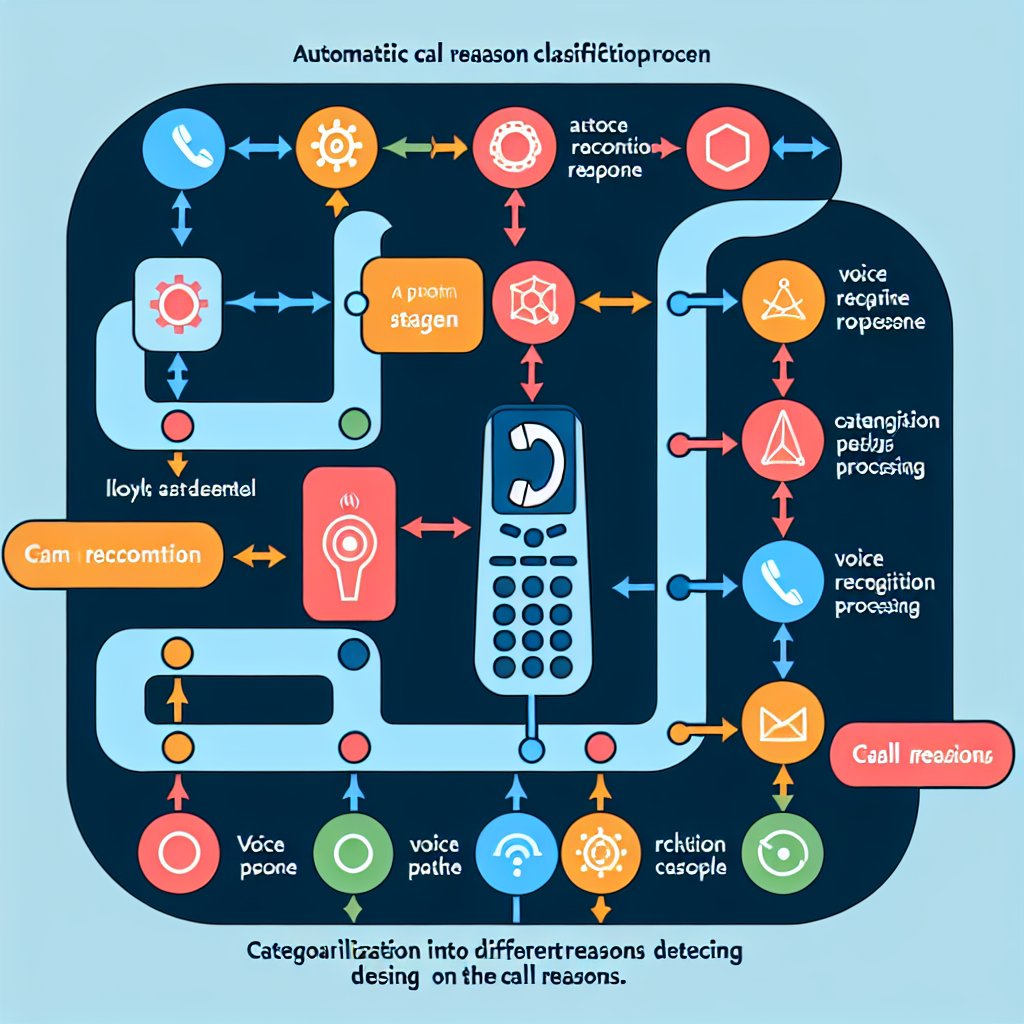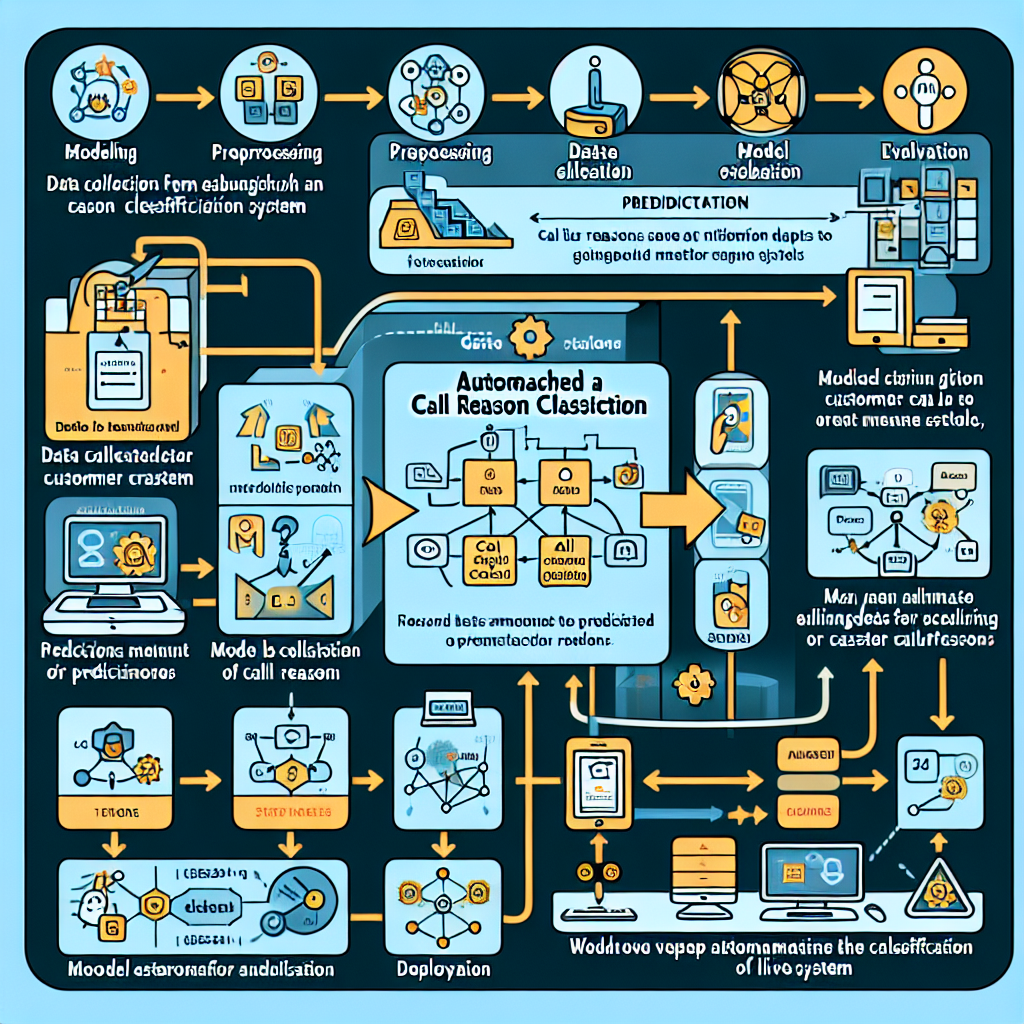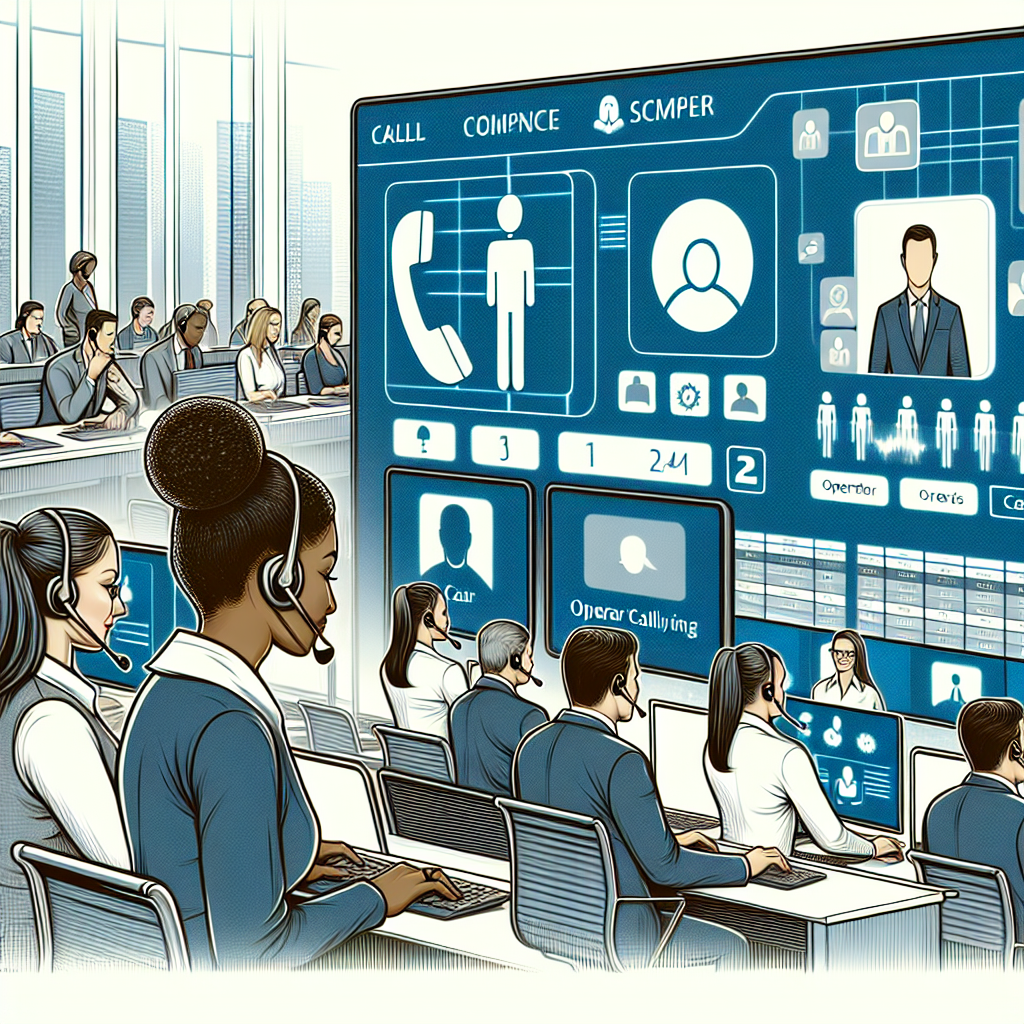
In the evolving world of customer service, a pivotal technology gaining momentum is Automated Call Reason Classification. This system dexterously facilitates the decoding of the key reasons behind customer calls, thereby enhancing the categorization of customer service requests.

The importance of this cutting-edge technology lies in its ability to usher in a significant improvement in the efficiency and effectiveness of customer service operations. By automatically classifying the reason for a customer's call, it eases the burden on customer service representatives, enables quicker response times and certainly ensures a more tailored service experience.
Essentially, Automated Call Reason Classification is a product of Artificial Intelligence (AI) and Natural Language Processing (NLP). It involves training a machine to understand, interpret and categorize customers' verbal communication. It goes without saying that its application symbolizes a gigantic leap in customer support, particularly in large organizations dealing with a barrage of customer calls daily.
For businesses, accuracy and speed in service delivery are quintessential. Leveraging the power of Automated Call Reason Classification, companies can zero in on the exact nature of customers’ queries faster and more accurately. As a result, customers are channelled swiftly to the right department or specialist.
Indeed, this fascinating marriage of telecommunication and AI technology defies traditional boundaries and charts new territories in the sphere of modern customer service.
Automated Call Reason Classification stands as one of the revolutionary applications of Artificial Intelligence (AI) and Machine Learning (ML) in customer service. AI technologies work synergistically with advanced ML algorithms to transform the approach businesses take to understand the reason behind customer calls. For starters, AI bears the potential to automate routine tasks, significantly reducing the workload and increasing the efficiency in a customer service setting.
Typically, the core AI technology that enables automated call reason classification is Natural Language Processing (NLP). NLP is a subfield of AI focusing on the interaction between computers and humans through natural language. The objective is to read, decipher, understand, and make sense of human language in a valuable way. By leveraging NLP, automated systems can classify calls based on the analysis of words and phrases used by customers during calls.
Combined with ML, these technologies adopt a learning from experience approach. ML algorithms learn from previous computations and transactions to produce reliable, repeatable decisions. These algorithms allow your systems to learn how to react to similar future incidents, hence increasing the accuracy of call reason classification over time.
A supervised learning algorithm is a commonly utilized ML algorithm for call classification. It maps an input of call data to an appropriate output of classification based on example input-output pairs. Further, systems using this approach can employ techniques such as decision tree learning, random forest, and support vector machines to improve the categorization process.
Therefore, AI, NLP, and ML are the key components in enabling successful automated call reason classification. The purpose is not only to gauge the reason behind every customer’s call but to recognize patterns, automate the workflow, and ultimately enhance customer satisfaction.
Implementing an Automated Call Reason Classification system can significantly enhance your customer service experience by accurately categorizing incoming calls. Here is a step-by-step guide to achieve this task successfully.

Firstly, define your objectives and establish the scope of classification. Identify the reasons customers usually call and sort them into broad categories. For instance, product inquiries, complaints, transactions, and support requests.
Then, invest in a speech-to-text tool, which will help convert all your incoming voice data into text. Once your data is ready in text format, you can further process it for classification. Remember to ensure the tool you choose incorporates a high level of accuracy in language recognition.
Next, plan for Text Classification. Employ machine learning algorithms to divide your data into pre-selected categories. Several methods exist, but some of the most common include Naive Bayes, linear regression, and support vector machines. An experienced data scientist or ML engineer should be able to guide your decision on the optimal method.
Finally, continuous monitoring and adjustment of the system are crucial. Be prepared to revisit and tweak your categories or methods as necessary. Developing data validation processes will help verify the accuracy of your classifications and rectify any anomalies or errors.
In conclusion, while setting up an Automated Call Reason Classification system demands careful planning and execution, the resultant improved service categorization can significantly contribute towards enhancing your overall customer service efficiency.
In recent years, several businesses have successfully integrated automated call reason classification into their service management systems to enhance efficiency and customer satisfaction. Let's delve into some real-world examples to highlight the outcomes and significant lessons learned.
One such enterprise is IBM, a tech giant that integrated automated call classification within their customer service department to handle the large volume of calls they receive daily. IBM built a machine learning model that could classify calls accurately based on the conversation transcript. This more effective categorization of calls led to improved resources allocation, a critical success highlighted by shorter classification times and reduced human error.
Another exemplary case study is that of Genesys, a customer experience and call center technology company. Genesys created an automated system capable of identifying the purpose of client calls and swiftly directing them to the appropriate agent or department. They were able to reduce hold times, resulting in increased customer satisfaction.
Notably, Genesys' machine learning model also enabled continuous improvement of the classification accuracy over time, reinforcing the importance of machine learning in such applications.
Interestingly, Home Depot strived to streamline their customer call service in a unique way. They implemented an AI-based voice recognition system to classify calls into categories. This included product orders, claims, or complaints, to route it to the qualified personnel.
The system reduced customer hold times and improved agent productivity by cutting the time spent identifying the reasons for calls. Home Depot’s success acts as a reminder of the capacity of this technology to improve both customer experience and operational efficiency.
To conclude, the successful integration of automated call classification systems by businesses like IBM, Genesys, and Home Depot illustrates the profound impact of this technology. It confirms that this approach can effectively manage resources, reduce waiting times, and improve overall customer satisfaction, thereby reinforcing its prominence as a key business strategy.
As automation invades every aspect of contemporary business operations, the realm of customer service is no exception. The development and deployment of Continuous Improvement Technologies like Automated Call Reason Classification has revolutionized service categorization, providing hassle-free customer service experiences. However, despite their enormous benefits, these systems present a unique set of challenges that businesses must overcome to ensure efficient working.

One of the foremost challenges in deploying Automated Call Reason Classification includes accurately identifying the customer's needs. Calls to customer services are not straightforward. They comprise nuanced languages, sentiments, and tones that make it difficult for an automated, AI-based system to understand customer's requirements properly and categorize them accurately.
Moreover, the deployment itself could be a complicated process involving re-training employees, integrating the new system with the existing one, ensuring data privacy and security, and dealing with resistance to change within the organization.
So, how do we address these challenges? One of the effective ways is to incorporate Natural Language Processing (NLP). NLP is an AI technology that helps machines understand, interpret, and emulate human language and speech patterns more accurately.
To ensure a friction-less deployment, it is advisable to seek expert advice, spend adequate time on system testing, and strengthen the organization's cybersecurity measures. Lastly, to counter resistance to change, transparent communication, and employee training programs can work wonders.
Despite the challenges, companies must strive to navigate through as the benefits of Automated Call Reason Classification far outweigh the struggles and can lead to significant improvements in customer service efficiency and customer satisfaction, ultimately promoting business growth.
As a rapidly emerging frontier in customer service technology, Automated Call Reason Classification – also known as machine learning – is on a trajectory towards more refined and effective performance. Innovative AI technologies are currently being developed to not only classify the reasons for customer calls with unerring accuracy, but also predict future trends and even resolve customer queries without human intervention.
The ongoing evolution of advanced AI algorithms presents a promising future wherein automated systems not only identify the reason behind a call based on pre-programmed cues but ascertain call reasons through adaptive learning techniques. This kind of advancement, marked by a move from reactive to proactive customer service, is predicated on the evolution of AI technologies and machine learning capabilities.
Accentuating this sophistication further, future manifestations of Automated Call Reason Classification could encompass the capability to predict customer call reasons based on historical data and trends. This is not just a responsive measure to triage customer calls but a predictive one - it could help improve response times, anticipate customer needs, and streamline the customer service process.
In the long run, AI technologies will not only revolutionize call reason classification but will redefine the complete customer experience. The potential of these future trends is tremendous – we are on the threshold of a digital era where interactive voice response (IVR) systems will evolve beyond merely dealing with simple informational requests. They are set to transform into comprehensive customer service hubs - backed by advanced AI technologies - that can manage complex customer queries round the clock, with no need for human intervention.
The technological advancements also suggest that future Automated Call Reason Classification mechanisms would provide a highly personalized customer experience. Via more nuanced understanding of customers' expressions and emotions, AI can derive sentiment analysis, enabling customer service operatives to manage calls more effectively.
In summary, AI technologies are poised to make customer service experiences significantly more efficient and satisfying. Though it is still a dynamic field with ongoing advancements, the future seems to be very promising for Automated Call Reason Classification.
Start your free trial for My AI Front Desk today, it takes minutes to setup!








